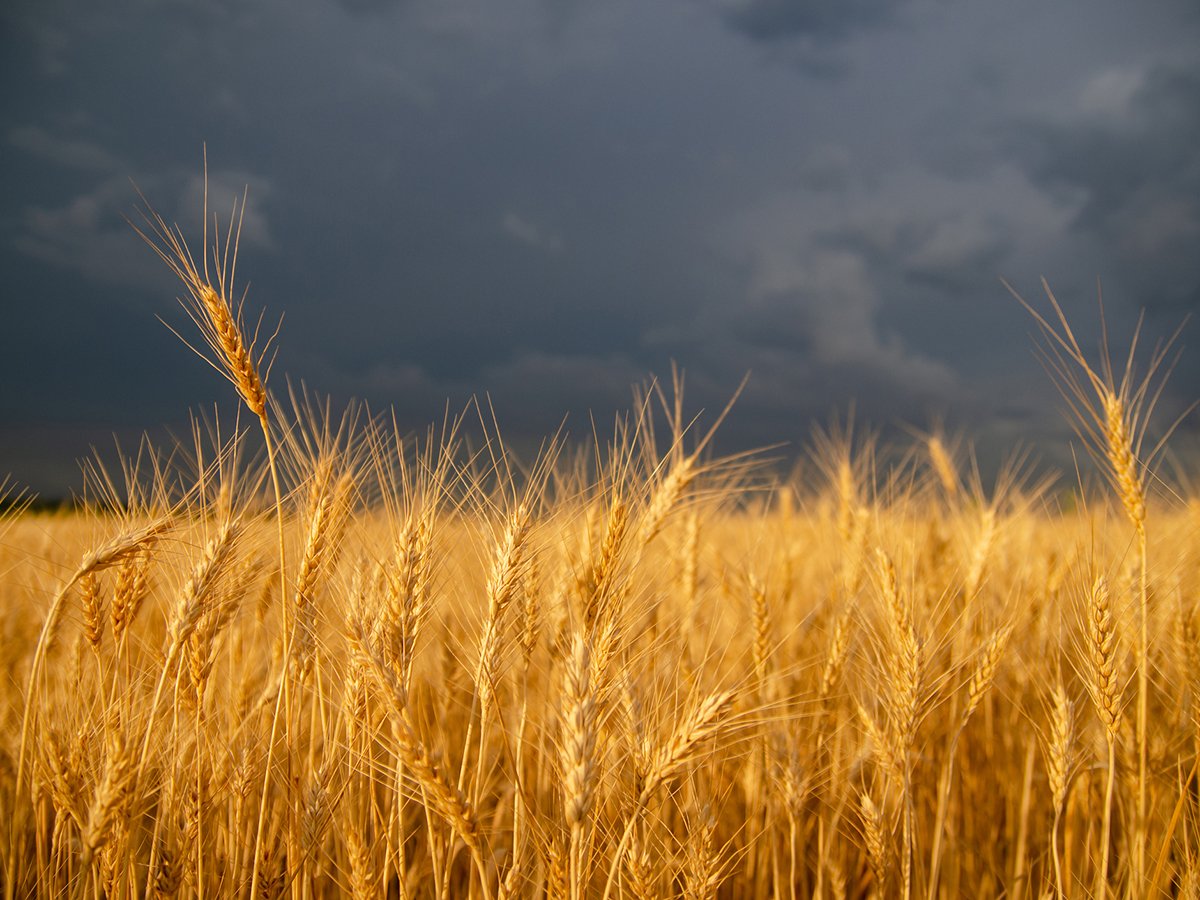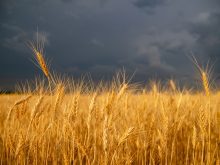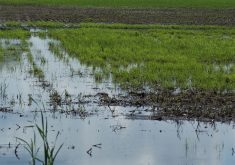Bird feeding
Canada grows more canaryseed than the combined production of all other producing countries, says Statistics Canada. That should raise a few twitters.
Most of this goes to canaries, budgies and parakeets in cages but some is used outdoors in wild bird feeders.
We used to have a retired farmer living next door who liked to make bird feeders. He gave us one and I erected it in our back yard. Our canaryseed attracted every sparrow for blocks around and the sparrows attracted the neighborhood cats. The cats, being fat urban types, didn’t bother the birds too much but they left reminders of their presence in the flowerbeds. In addition to that I nearly had a conniption when I accidentally stepped on the tail of a feline bird stalker.
Read Also

Late season rainfall creates concern about Prairie crop quality
Praying for rain is being replaced with the hope that rain can stop for harvest. Rainfall in July and early August has been much greater than normal.
The following spring we had one of the best crops of English sparrows I’ve seen in years. The drawback to this was the sparrows chased away the small birds that used to brighten up our lives in springtime. The only bird that held its own with the sparrows was a belligerent wren.
The wren wasn’t much interested in the bird feeder but it certainly out-talked every other bird in the neighborhood.
I think that was the only thing that saved us from wall-to-wall sparrows that year – the wren made such a racket they couldn’t stand the noise.
Farmers’ sales of canaryseed tend to go up and down quite drastically, says Statistics Canada. I hope they find a more stable market somewhere.
After our experience with sparrows, cats and wren the prospects for any upsurge in seed sales around here are decidedly slim.
















